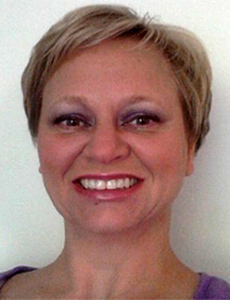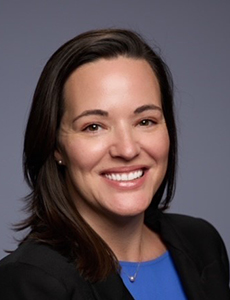Nurse Case Manager Chronicles
The Injured Worker’s Family

Wendy Woodard knows what it takes to get a catastrophic case moving. In just six months, this nurse case manager for Ascential Care got an injured patient back on his feet and cleared for work without restrictions.
But the road leading to recovery wasn’t always smooth; like in many claims cases, Woodard had her fair share of obstacles to overcome.
“Nurses work with the patient’s family emotionally so they can get the patient where they need to be,” she said. “This [particular patient’s] family did not work in the medical field. They were worried about him being placed so far away with no one around him.”
The patient, a pharmacist by profession, was driving when a tree fell on his vehicle, cracking the roof of the car — and his skull.
He suffered a traumatic brain injury, a spinal fracture, pulmonary contusions and facial fractures, among other ailments. Woodard went to the hospital two days after the patient was admitted to the ICU.
His condition was critical.
“I didn’t know the extent of his injuries until I got there,” she said. “The hospital was still trying to stabilize the patient.”
Immediately, Woodard began coordinating the best care option for the patient. They lived in an area with a level one trauma center but not a rehabilitation center for traumatic brain injuries. The nurse knew the patient’s best chance at recovery would be at Shepherd Center, a spinal cord and brain injury rehabilitation center in Atlanta, Georgia — five and a half hours away.
The family was hesitant.
“The patient was in his late fifties. He had four children, a brother and his ex-wife waiting for him. There was a lot of back and forth on who would manage his care,” Woodard explained.
The patient’s oldest daughter and his brother both wanted to be the go-to person for decisions, but they found the long trip to Shepherd daunting. They didn’t want their loved one so far away during a critical and demanding time in his life.
Woodard, a nurse case manager for 18 years, knew what to do: She talked to the family.
“We talked about not having the right rehab facility. If he was going to make a full recovery, we had to get him where he needed to be,” she said. “My role was to provide them with knowledge on brain injuries and get the right care to the patient.”
She brought in pamphlets, pulled up Internet searches on the patient’s injuries, explained each type of fracture to the family and answered questions. But Woodard didn’t stop with facts; she entered the hospital every day for three weeks, checking in on the family’s emotional state.
“I was there, every day, offering emotional support,” she said. “The patient’s daughter cried on my shoulder. We went over and over what his best options were.”
In the end, the family agreed to send him to Shepherd.
Recuperation and Recovery
Once the patient was stabilized — a process that took three weeks — he was moved to the rehab facility.
When he started to respond, Woodard said the team assessed any permanent damage. The injury left the patient with permanent left-side facial paralysis and cranial nerve deficits. He had lost hearing in his left ear, was dizzy, disoriented and discouraged.
“He wouldn’t speak, was withdrawn and depressed,” said Woodard. The team worried about the patient’s cognitive function. As a pharmacist, the man needed to gain back his cognitive abilities if he wanted to work in the field again. Woodard noted he was a very intelligent man, and, after three weeks, he started to understand.
“It’s remarkable how well he did. He was very determined.”
Slowly but surely, the patient regained his speech and other cognitive functions back, and he transferred to a half-way house. Woodard coordinated with the physical therapist and the occupational therapist, setting up appointments and monitoring progress. She worked with the claims adjuster to guarantee the patient’s schedule for checkups with his neurologist.
By the time the patient returned home, the nurse had his appointments set, eliminating delays in care.
“My goal is always to get my patient back to work and back to a normal life, because that’s the best thing for them,” Woodard said.
Six months after the injury, doctors cleared the pharmacist for a return to work with no restrictions.
“I do not think he would have gained his cognitive skills if the family hadn’t agreed to move him,” she said. “The educational role nurses play is so important to the family.” &












